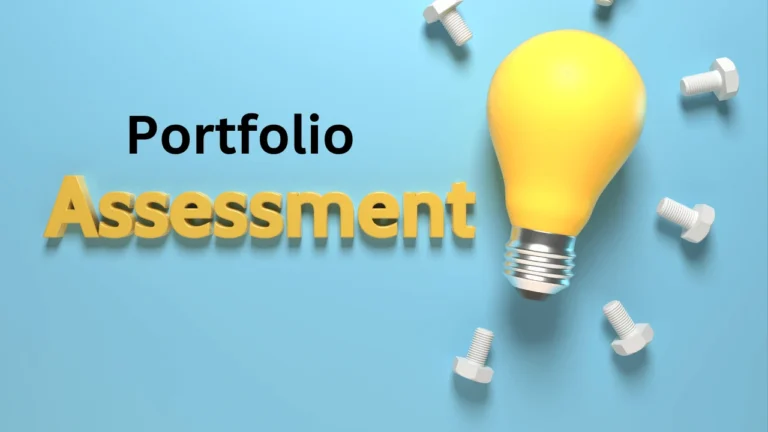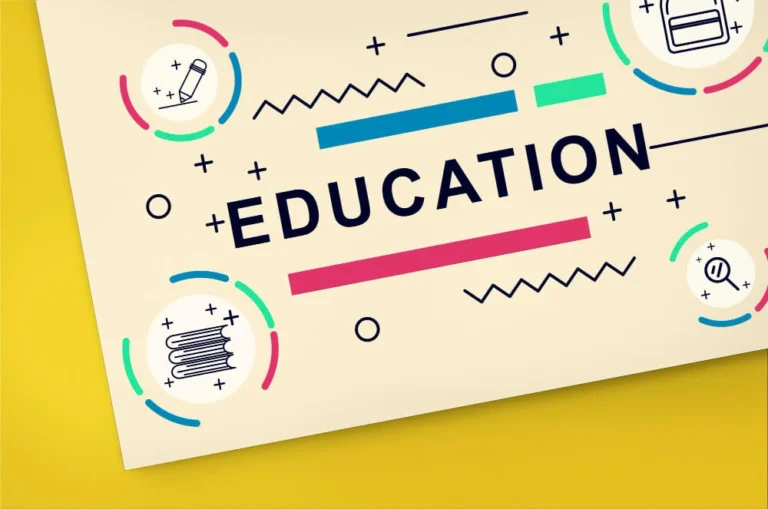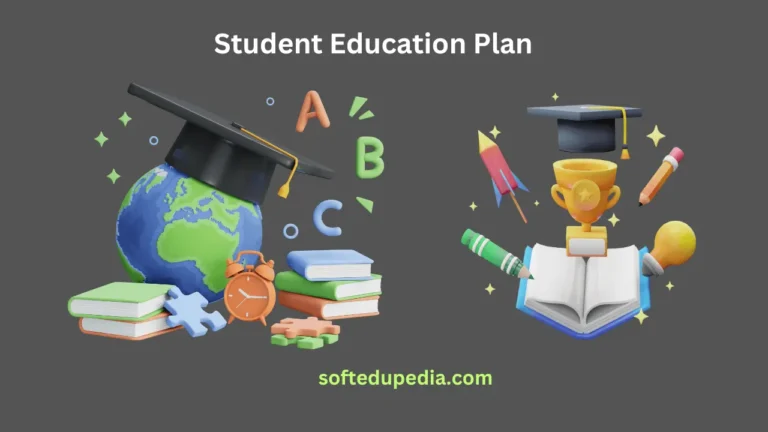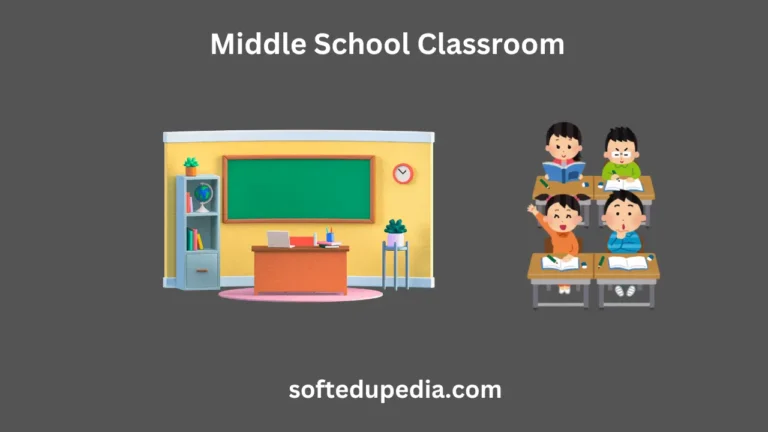5 Steps to Effective Student Feedback: A Comprehensive Guide
A vital part of the learning process, student comments greatly help to improve performance and knowledge. Comments help pupils to see their development, and point out their areas of strength and weakness. This ongoing conversation not only clarifies misunderstandings but also promotes a development mentality, therefore motivating students to take responsibility for their education.
This article will walk over “5 steps to effective student feedback,” a methodical strategy meant to enable teachers give meaningful comments. Maintaining student involvement, increasing motivation, and finally driving academic achievement depend on good feedback techniques. Using these guidelines, teachers may improve their feedback systems so that every encounter enhances the learning process for the students.
One cannot emphasize in teaching the value of student comments. It is a fundamental part of the learning process as it gives teachers as well as pupils the necessary knowledge. Students who get helpful comments learn about their areas of strength and areas needing work. This information helps individuals to decide on their efforts and learning approach in line with reason.
Table of Contents
Step 1: Understanding the Importance of Student Feedback
Moreover, good feedback directly affects student motivation and academic performance. While well-made negative feedback can help students fix errors and improve their comprehension, positive feedback can inspire them to keep up their efforts. Students may feel lost or unsure about their development without feedback, which would lower their drive.
Teachers must first understand their fundamental responsibility for feedback. It prepares one to provide not just corrective but also motivating and supporting comments. Appreciating its significance helps teachers to see feedback as a necessary component of their daily work rather than as an afterthought.
Step 2: Creating a Feedback-Friendly Classroom
In a feedback-friendly classroom, students feel free and at ease both offering and receiving comments. Teachers’ and students’ mutual respect, transparency, and trust define this setting. Students become more open to criticism when they understand their efforts are appreciated and that mistakes are seen as teaching moments.
Establishing clear communication and developing trust help one to create such an atmosphere. Teachers should inspire pupils to freely share their ideas and worries. Regular check-ins, classroom debates, and anonymous feedback forms help one to do this. Teachers should also provide an example of how to kindly offer and receive comments.
A good classroom setting offers advantages beyond only feedback. Supported students are more inclined to participate in the learning process, take chances, and challenge their limits. In addition to improving the efficacy of comments, a feedback-friendly classroom helps to produce more involved and motivated students. Must Read: Flexible seating classrooms
Step 3: Crafting Effective Student Feedback Guides

Effective Student Feedback
For both teachers and students, clear, orderly feedback guidelines are quite useful instruments. These guidelines assist in guaranteeing consistent, meaningful, and easily understandable comments. Well-organized and precise comments help pupils to understand what they need to be working on and how to get better.
Developing excellent feedback guidelines calls for multiple processes. Teachers should first spell out the desired standards and performance criteria. These standards have to be particular and in line with the learning goals. After that, comments should be arranged according to these standards so that students have a focused understanding of their performance. Consistency can be maintained in part by applying checklists or rubrics.
There are several advantages to having consistent comment guides. For teachers, they not only save time but also improve the clarity and influence of the comments they give. These guidelines let students monitor their development over time and concentrate their efforts on certain areas needing work.
Step 4: Mastering the Timing of Student Feedback
The usefulness of feedback depends much on its timeliness. Because it lets students rectify errors right away and supports learning, immediate feedback can be very effective. For a class exercise or a quiz, for example, giving quick comments helps pupils grasp ideas more clearly and remember knowledge longer-term.
Sometimes, though, delayed comments could be more helpful. Giving students time to ponder before getting comments can help them to develop deeper learning whether they are working on longer-term projects or assignments. This introspective approach helps pupils to successfully integrate comments and evaluate their work.
Depending on the context and learning goals, teachers must balance delayed and instantaneous comments. The impact of any kind of feedback may be much improved by knowing when to offer it. Teachers may build a more efficient and motivating classroom by adjusting the time.
Step 5: Analyzing Examples of Effective Student Feedback
For teachers, concrete instances of good student comments might be quite useful. Examining real-life situations helps teachers to understand how various kinds of comments could be used in different settings. Positive comments for a well-written essay could emphasize the organization and clarity of arguments, whereas constructive comments for a lab report might concentrate on data interpretation accuracy.
In these cases, feedback’s relevance, clarity, and specificity define it as effective. Good comments provide students with practical actions to pursue by addressing both areas for development and strengths. It is also more relevant and significant as it takes into account the unique demands and learning styles of pupils.
By being aware of their students’ particular needs and situations, teachers may modify these best practices to fit their classrooms. Teachers may enable their pupils to have higher learning results and develop a development attitude by always providing excellent comments.
Conclusion
The five basic stages to successful student feedback include knowledge of its value, a feedback-friendly classroom, development of effective feedback guidelines, mastery of the timing of feedback, and study of successful feedback samples. Following these guidelines can help teachers guarantee that their comments have an effect and encourage student development. Adapting to changing student demands and realizing long-term success in education depend on ongoing improvement of feedback techniques. Good student feedback improves not just the results of instruction but also helps confident and driven students grow generally.






